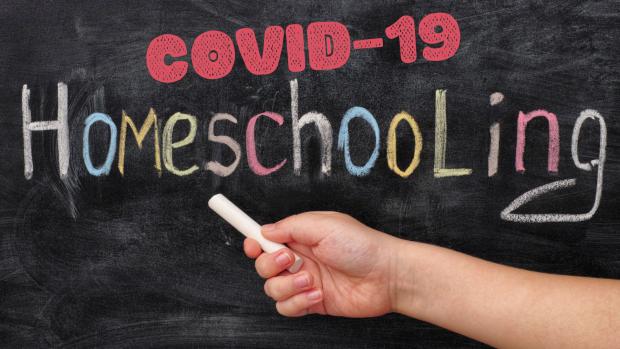
Breaking News
 $11 Trillion Quietly Moved - Americans Will Freeze & Obey When Market Collapse Hits : Chase Hughes
$11 Trillion Quietly Moved - Americans Will Freeze & Obey When Market Collapse Hits : Chase Hughes
 Econ 101 - 2026 Early Economic Forecast
Econ 101 - 2026 Early Economic Forecast
 Buy'r breaks the Blackrock monopoly- How the corporate club controls America
Buy'r breaks the Blackrock monopoly- How the corporate club controls America
 An AI Expert Warning: 6 People Are (Quietly) Deciding Humanity's Future! We Must Act Now!
An AI Expert Warning: 6 People Are (Quietly) Deciding Humanity's Future! We Must Act Now!
Top Tech News
 Build a Greenhouse HEATER that Lasts 10-15 DAYS!
Build a Greenhouse HEATER that Lasts 10-15 DAYS!
 Look at the genius idea he came up with using this tank that nobody wanted
Look at the genius idea he came up with using this tank that nobody wanted
 Latest Comet 3I Atlas Anomolies Like the Impossible 600,000 Mile Long Sunward Tail
Latest Comet 3I Atlas Anomolies Like the Impossible 600,000 Mile Long Sunward Tail
 Tesla Just Opened Its Biggest Supercharger Station Ever--And It's Powered By Solar And Batteries
Tesla Just Opened Its Biggest Supercharger Station Ever--And It's Powered By Solar And Batteries
 Your body already knows how to regrow limbs. We just haven't figured out how to turn it on yet.
Your body already knows how to regrow limbs. We just haven't figured out how to turn it on yet.
 We've wiretapped the gut-brain hotline to decode signals driving disease
We've wiretapped the gut-brain hotline to decode signals driving disease
 3D-printable concrete alternative hardens in three days, not four weeks
3D-printable concrete alternative hardens in three days, not four weeks
 Could satellite-beaming planes and airships make SpaceX's Starlink obsolete?
Could satellite-beaming planes and airships make SpaceX's Starlink obsolete?
Covid-19 Pandemic Pushes More Parents to Go All-In for Home Schooling

As parents grow increasingly frustrated with remote learning during the pandemic, some are deciding to pull their children out of school and try teaching on their own.
In North Carolina, the state's home-school monitoring website crashed on the first day of enrollment, and more than 18,800 families filed to operate a home-school from July 1 to Jan. 22—more than double the school-year before, according to the state Division of Non-Public Education. In Connecticut, the number of students who left public schools to be home-schooled jumped fivefold this school year, to 3,500. In Nebraska, the number of home-schooled students jumped 56%, to 13,426, according to state education officials.
"The vast majority [of parents] are saying, 'We've been really trying to do what the schools are asking us to do, but we just can't do this anymore,' " said J. Allen Weston, executive director of the National Home School Association, which has been fielding inquiries on the topic.
Home schooling in the U.S. has accounted for a small portion of all schooling since the 1970s, but it has been growing from a traditional base of education reformers and religious conservatives to families worried about issues such as bullying and violence. Home schooling represented 3% of students nationally in 2016, the latest figures available, compared with 88% for public and charter schools and 9% for private schools, according to the National Center for Education Statistics.
But as the coronavirus pandemic upends the school year, data from several states shows, more parents decided for practical reasons to take control of their children's curriculum and schedule.

 First totally synthetic human brain model has been realized
First totally synthetic human brain model has been realized Mach-23 potato gun to shoot satellites into space
Mach-23 potato gun to shoot satellites into space

